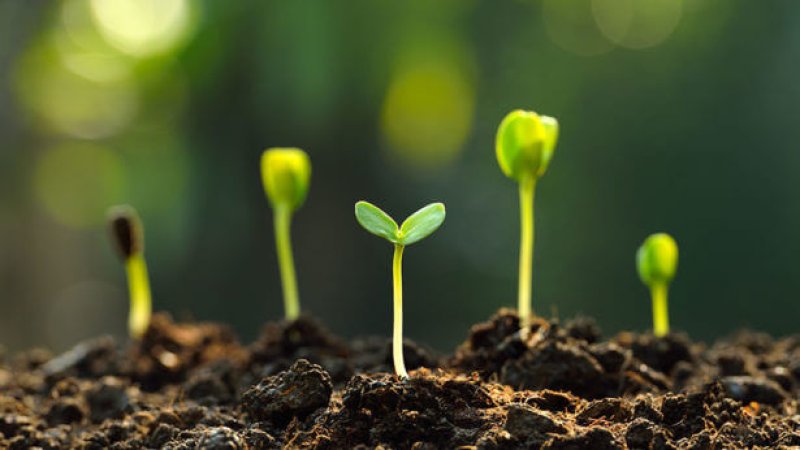Visit the typical almond farm in California and you’ll see rows of trees stretching to the horizon, forming an arching canopy over a corridor of dry, bare dirt. A harvester with a giant mechanical arm moves from tree to tree, vigorously shaking each trunk, forcing the nuts to drop to the dirt below, like confetti on a New Year’s Eve celebration. The farmers then rake and dry them on the bare orchard floor.
But those bare floors aren’t natural, and some farmers have decided that clearing vegetation around the trees to create them is a mistake.
While it makes collecting the almonds more difficult, planting cover crops between the trees can improve soil health. Many farming practices lead to soil degradation, which was responsible for the fall of civilizations that could not agronomically support their populations: archaeologists have associated processes like soil erosion with the rise and fall of civilizations in the Middle East, Greece, Rome and Mesoamerica, for example.
So, promoting soil health is critical to maintain the soil—one of our most precious resources. Cover crops support an abundance of soil microbes that nourish plants and promote sustainable, productive agricultural lands.
Read full, original article: Mother Earth Doesn’t Like to Be Naked































